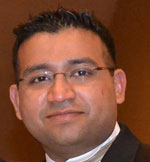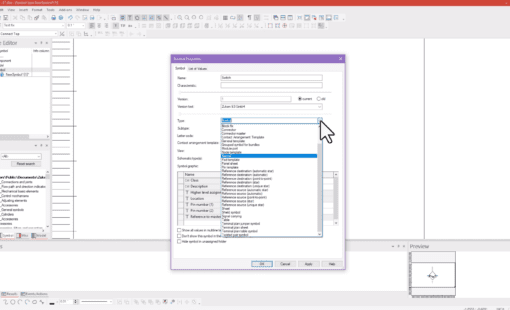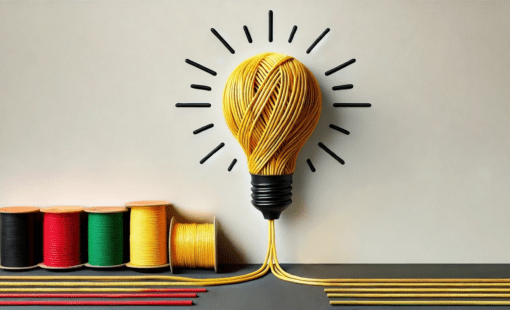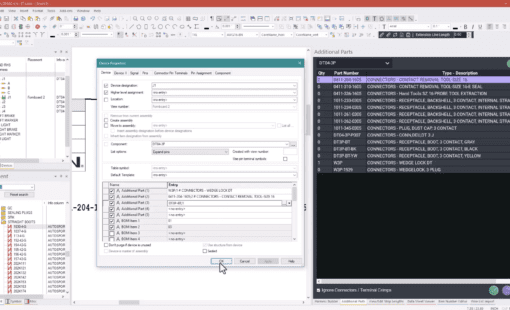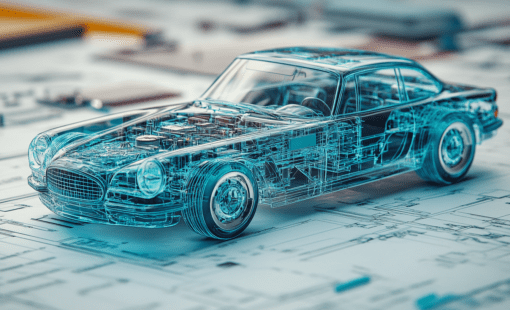There used to be a time, not too long ago, where the designs were done manually without automation. Now, the majority of engineering teams use somewhat intelligent tools to create designs. That is to say, the practice of grouping lines and circles to create blocks has largely been relegated to the past. The primary factor in increasing automation was the narrow focus on improving one tool, a standalone design system as opposed to a cross-functional design ecosystem. Since the standalone portion of any application is the low hanging fruit, it’s the likely place to start.
However, the benefits of improving the tools themselves provide diminishing returns. Can a single platform do everything well? Unsurprisingly, the companies actively creating design ecosystems are finding success faster. More importantly, design ecosystems help a broad array of users reduce the effort spent creating one-off systems.
Just like at Zuken, across industries, the focus today is on building relationships and connections. As a result, design teams are getting exposure to many specialized companies without changing their great design foundations.
The task of creating a cross-functional design ecosystem is not easy or straight-forward. Firstly, the overhead of additional resources and coordination makes it unattractive. Secondly, an ecosystem requires resources from multiple partners. Thirdly, matching up internal processes and development philosophies is challenging. However, the question is does the benefit of an ecosystem outweigh the cost of creating the ecosystem. At Zuken, we believe the answer is a resounding ‘YES.’ This post will explore the driving forces behind the push to develop a cross-functional design ecosystem.
Cross-Functional by Design
It is clear that we must create a connected ecosystem to seamlessly move between multiple steps between an idea and a product. We can define a typical product cycle in five easy steps.
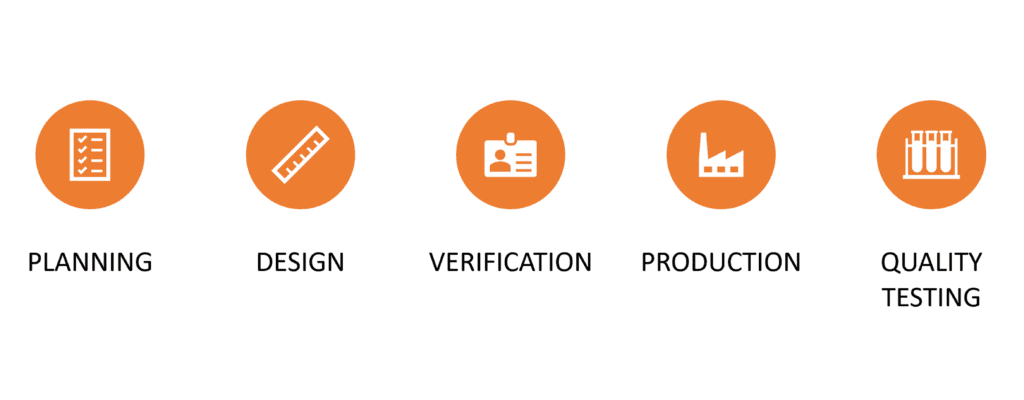
Realistically, there are a few more iterations required in each step. We can break down the steps further to achieve a higher fidelity result. These steps start and end in multiple different sub-systems of the development process. An idea likely starts from a market requirement. Next, it goes through feasibility and budgeting before it ever ends up on an engineer’s plate.
The image describes the many business systems to consider in a project and associates key tasks with various process buckets.

It is unproductive to consider a single tool or process to be the right fit for a complete product lifecycle. In other words, establishing partnerships and working across disciplines is the only feasible way of creating a design ecosystem for tomorrow. In fact, using MBSE (Model Based Systems Engineering) principles has augmented the current detailed design processes to bring robustness to the entire development cycle.
Learn more about the relavancy of a model through the product lifecycle in this on-demand webinar: MBSE for Wire Harness Design
There is a lot more to the process and connections that we can explore in future posts. Suffice to say, we are building an ecosystem of products, partners, and processes for the next generation of product development.
Ecosystem of Trusted Partners
Zuken is focused on creating lasting partnerships with customers and commercial solution partners. It is our mission to be “The Partner for Success.” Lately, we have had tremendous success in expanding our partnerships into new areas and discovering functional benefits. The benefits are not only in the downstream areas of the electrical design and electronic design spaces but also in the upstream process-based areas of systems engineering (Vitech Corporation).
Additionally, we are forging lateral connections for simulation and a sound path to integrating everything with the digital thread. The connections focus on technology and business relationships with ERP, MRP, PDM, and other data management systems.
In the case of our flagship electrical design suite, E3.series, the ecosystem connects to a growing list of formal and informal partners. Notably, a large section of the connections between E3.series and associated partners is for exchanging design data using industry-standard formats. As a result, the mutually beneficial result ensures the partners gravitate towards each other.
Zuken has many partners spanning across industries and solutions. The solutions cover all major areas of a product development cycle, including:
- Industry-leading ERP platforms;
- PLM and data management solutions;
- All major mechanical design solutions;
- Automation solutions like PLC configurators, terminal configurators, cut-mark-strip machines;
- High-tech production solutions such as augmented reality projection systems, automated drilling and milling machines, wire and harness processing machines, and more.
As a matter of fact, DeltaSigma Company recently formalized its partnership with Zuken and showcased its ProjectionsWorks solution alongside E3.series.
Learn more about projection-driven harness manufacturing solutions in this on-demand webinar: Augmented Reality Meets Harness Manufacturing
Clearly, these systems need to connect and talk to one another to maintain the integrity of the process. Anark is a leader in supporting the digital conversation throughout the product lifecycle.
Learn more about Anark and the digital threat in this on-demand webinar: The Digital Thread Is the Communication Backbone for Digital Engineering
Compound Growth
The partnerships and connections we make come in various flavors. For instance, a simple exchange of information with OEM partners helps create library parts. An appropriately formatted output helps drive an automated wire processing machine. Furthermore, a robust formal connection helps move business information from the engineer to the enterprise. An agreed-upon common standard creates barrier-free data exchange.
Moreover, establishing a common language moves us closer to creating a true digital twin. The complete list of partners, formal and informal, is truly exhaustive. However, you can find a partial listing on our website.
We want to hear from you about expanding your design ecosystem. Reach out to us, share your thoughts, or ask us about a solution you need. We are always working on new ways to connect across disciplines.
Related products and resources

- Blog

- Webinar
This webinar will discuss the challenges and best practices of creating a model for the purpose of wire harness and Electronic Control Units (ECU’s) implementation.

- Webinar
This webinar will introduce the new functionality in E3.series 2020 and summarize some of the more important existing functions in this industry-leading design solution.
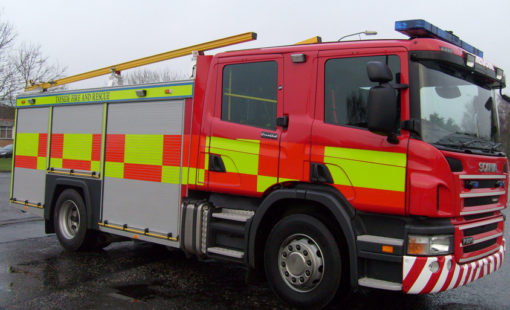
- Success Stories

